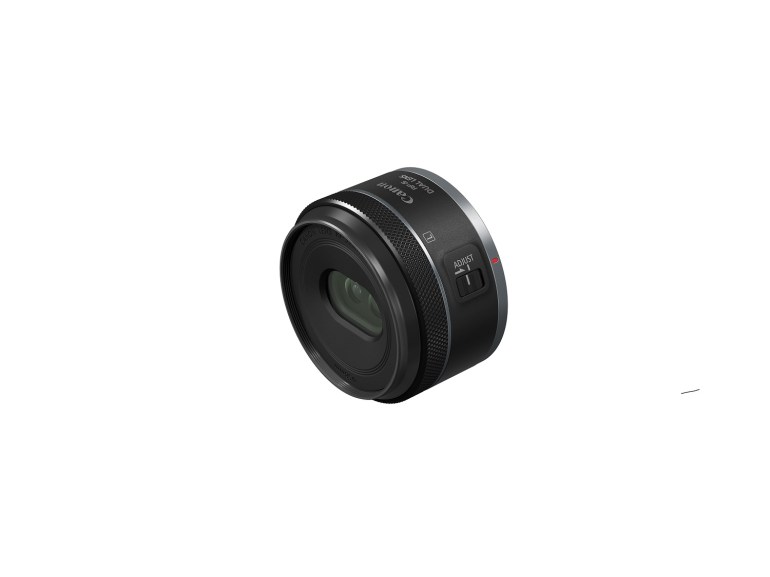Canon Australia has unveiled three new additions to its RF series of hybrid lenses – the RF 70-200mm F2.8L IS USM Z, RF 50mm F1.4L VCM, and RF 24mm F1.4L VCM.
The trio is part of a new range of hybrid optics that offer video features such as a smooth operation iris ring with an 11-bladed circular aperture, fast and effective low-light performance, advanced optics, and minimal focus breathing.
Ideal for sport, wildlife, news, and hybrid shooting, the RF 70-200mm F2.8L IS USM Z offers professionals critical filmmaking features such as electronic parfocal performance and focus breathing suppression, plus servo zoom via optional Power Zoom Adapters, a built-in 5.5-stop Optical Image Stabiliser and dedicated Iris Ring for smooth aperture control.
The lens is compatible with Canon’s optional RF extenders and optional Power Zoom Adapters—PZ-E2 or PZ-E2B—and can be used by hand or remotely via Canon’s Camera Connect / EOS Utility applications, Browser Remote function, or Canon’s XC Protocol with compatible cameras.
The RF 50mm F1.4L VCM’s focal length and natural angle-of-view make it suitable for low-light portraits, reportage, weddings, and event videos with a cinematic look. It is also 40 percent lighter than the RF 50mm F1.2L USM, which will satisfy creators looking for a fast aperture prime with lightweight handling.
The RF 24mm F1.4L VCM, which is around 20 percent lighter than its EF predecessor, offers a wide focal length for landscapes, architecture, and interiors, plus environmental portraits, filmmaking, and video interviews where showing the subject in context is important.
The RF 50mm F1.4L VCM and RF 24mm F1.4L VCM are the same size as the other hybrid prime lens in the range – the RF 35mm F1.4L VCM – making them more convenient to use for video rigging. Both new lenses offer a fast f/1.4 aperture, which is an advantage in low light, and with a Nano USM and Voice Coil Motor3, the lenses excel with exceptionally fast autofocus and near-silent operation.
They are also capable of working in challenging weather conditions, thanks to an L-series design4 housing high-quality glass elements and a water-resistant rubber on the mount.
The lenses are scheduled to be released in November.


